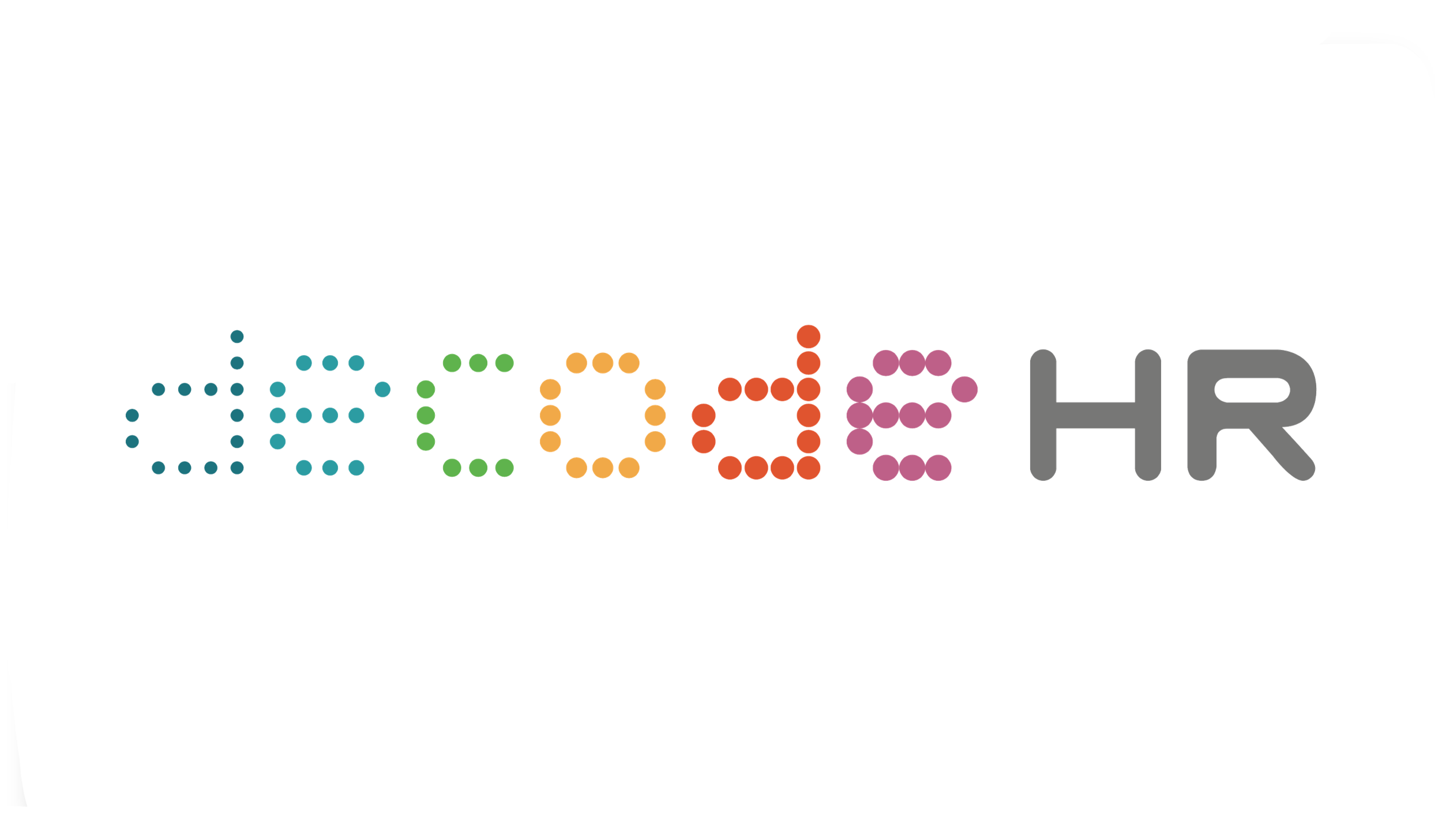The 5 Key Features of a Good Incentive Plan
Reading time: 3 mins
Incentive plans are becoming an increasingly popular tool to drive employee performance. A well-designed plan can help to accelerate business growth as well as achieve talent attraction and retention. Today we explore 5 key features of a good incentive plan.
1. Clear and Specific
A good incentive plan should be clear, specific and easy to understand. Employees need to first have an unobstructed view of the plan and its objectives to reinforce behaviours which will lead to desired business outcomes. Such a plan also makes it easy to be administered with minimal errors, and this also helps to develop system credibility.
2. Agile
In today’s economic climate where competition is the norm, businesses must continually evolve to stay relevant and innovative. Likewise, a good incentive plan must also be agile enough to adapt quickly to changes while remain effective as a driver of performance.
In Singapore’s context, the Smart Nation initiative has huge bearings on how performance should be measured and quantified. The use of technology has allowed for the automation of many functions in the workplace and businesses need to rethink their KPIs. For example, administrative assistants may no longer be required to process and track department claims, and instead be expected to now take on a more analytical role in producing meaningful dashboard reports.
3. Attractive and Attainable
A good incentive plan must be attractive enough to motivate performance but also be attainable with stretched efforts so that employees will not be discouraged. As a rule of thumb, the average achievement level should be set as the target and 20% above that could be a stretch goal with upside earnings. The company can also decide if it wants to take an all-or-nothing approach or consider multiple levels of incentives for various levels of performance.
4. Measurable Results
The key objective of any incentive plan is to drive performance to achieve desired results. For the plan to be successful, results must be measurable with clear indicators and this begins with an effective goal setting framework. SMART goals which are Specific, Measurable, Attainable, Relevant and Time-based are useful in helping businesses set goals and measure results.
5. Consider Non-Monetary Incentives
Incentives do not necessarily have to be monetary. To build a successful incentive plan, businesses must identify the form of compensation that will be the most effective. In the absence of generous budgets, businesses can offer non-monetary incentives such as paid time-off or awards and recognitions as performance drivers. Incentive plans do not have to be expensive unlike what most people think!
To find out more about designing incentive plans to motivate and retain talent, connect with us.
READ OUR OTHER ARTICLES ON TOTAL REWARDS:
Agile HR And Total Rewards Strategy
Celebrating The Good Things In Exploring Rewards Strategies
Creative Use Of Finite Resources In A Recovering Economy
Employee Radar Measuring Success Beyond Performance Management
How Technology Can Simplify The Compensation And Rewards Process
Is Your Benefits Package Really Benefiting Your Employees
Navigating Corporate Retreats To Go Or Not To Go
What to read next:
COPYRIGHT © 2020 DECODE HR PTE LTD. ALL RIGHTS RESERVED






